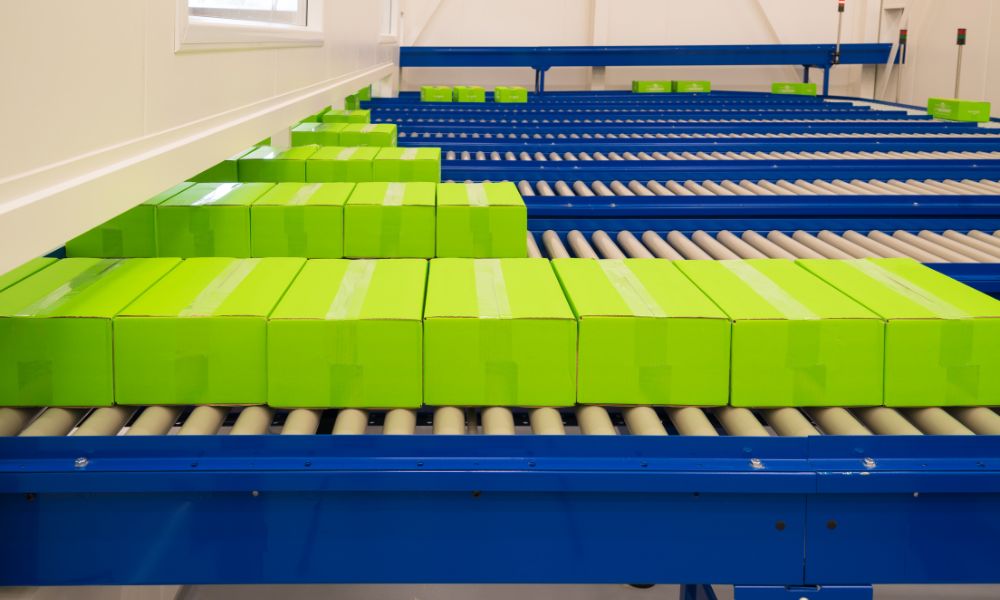
Belt conveyor systems are often the backbone of many manufacturing and material handling facilities. They are efficient and reliable in moving heavy and bulky items from one point to another, but this also means they are subject to frequent wear and tear, breakdowns, and downtime.
Downtime can be costly in terms of lost production and maintenance costs, so keeping your conveyor systems running at peak performance is essential. Below are four ways you can reduce your belt conveyor’s downtime to ensure maximum productivity.
Conduct Regular Maintenance Checks
Conducting regular maintenance checks is one of the most effective ways to reduce conveyor downtime. Conveyor belts are around various conditions that can cause damage and wear over time, leading to unexpected failures. Regular maintenance checks can help identify problems early on before they become bigger issues requiring costly repairs. Some examples of what to check include the belt’s condition, roller and frame alignment, bearing lubrication, and belt tension. You should also have a preventative maintenance plan to ensure your conveyor system receives regularly scheduled maintenance.
Implement Automation and Monitoring
Automated conveyor systems can reduce downtime and improve efficiency by reducing manual labor and detecting problems early on. For example, a sensor can automatically alert an operator or shut down the conveyor system if it detects an issue with the conveyor belt. This feature means you can resolve the problem before it causes any damage to the equipment. Additionally, automation and monitoring can help streamline the processes and prioritize maintenance tasks based on urgency to prevent potential downtime.
Choose the Right Conveyor Belt
Choosing the right conveyor belt for your application is critical to minimizing downtime. The conveyor belt is the most critical component of the system and can significantly impact your production line’s efficiency. Make sure you select a belt that suits your application requirements and can withstand the load and stress applied to it. You should consider factors such as belt material, surface texture, and profile when selecting a conveyor belt.
Train Your Staff
Ensuring your staff knows how to operate your conveyor system efficiently is essential. Their training should include safety procedures, operating instructions, troubleshooting techniques, and maintenance practices. Regular training sessions can help ensure everyone is up-to-date with the latest standards, procedures, and best practices.
Knowing at least four ways to reduce your belt conveyor’s downtime can improve productivity, reduce costs, and ensure customer satisfaction. You can maximize your conveyor system’s performance, minimize downtime, and increase your productivity by conducting regular maintenance checks, implementing automation and monitoring systems, choosing the right conveyor belt, and training your staff. Protect your investment and keep your conveyor system running smoothly with these tips.
Redline Systems is here to help if you need portable belt conveyors or expert advice on reducing conveyor downtime. Contact us today to learn more about our conveyor solutions and services. Keep your operations running smoothly with Redline Systems.



